When we think of Spain in culinary terms, what immediately comes to mind is paella. It is a rice dish considered a typical Spanish food by foreigners and a dish from the Valencia region for all Spaniards. The people of Valencia consider paella to be a symbol, which they identify with.
One of the most famous dishes in the rich Spanish cuisine, paella takes its name from the traditional shallow pan in which it is cooked over an open fire and is a food of ancient origin, traced back to the mid-19th century in the rural areas located close to Valencia, on the Mediterranean coast of Spain.
How paella came about is difficult to say, but looking at the history of the main ingredient - rice, one can form some idea of the culinary preferences in the Mediterranean region of Spain. This story has an interesting development that is well worth following briefly to understand why rice is among the staple foods of this region and how the paella rice known as bomba came to be.
History of the Raw Bomba Rice
After the conquest of Spain by the Moors, they began to grow rice there around the tenth century. The natives of the eastern part of the Iberian Peninsula often prepared casseroles of rice, fish and spices for family gatherings and religious holidays, thus establishing the custom of eating rice in Spain.
In the 15th century, rice was already a staple Spanish food. They combined it with meat, vegetables, fish and received suitable food for any occasion, including Lent.
Over time, rice appeared on the table in different varieties, which gradually found their place as the main ingredient in individual national dishes. Bomba rice is typical for paella. What makes this variety stand out from the rest and what other uses does it have in the kitchen?
Features of Bomba Rice
Bomba rice is a short grain type of rice cultivated mainly in the eastern parts of Spain. The short grains, which it is characterized with, are due to the presence of amylopectin.
Bomba is believed to have originated from an Indian variety, that was brought to the Iberian Peninsula via the Middle East. It is known for its non-sticking properties due to its high amylose content. Besides being short-grained, this rice is pearly white in color and has a homogeneous consistency.
It is one of the most expensive varieties of rice in Spain. Chefs call it the King of Rice. Its production is limited as it is very delicate to grow.
And why bomba?
The name means bomb in Spanish. When cooked, the grains expand in width and resemble the stretching of an accordion. They form small bombs, hence the name bomba. It is a brief description of the excellent qualities of the variety. Although equivalent in size to other varieties, sometimes smaller, bomba rice can increase in size up to 3 times during cooking. A real bomb!
As a main characteristic, culinary experts point to its excellent ability to absorb flavors and aromas and that when cooked it always remains al dente.
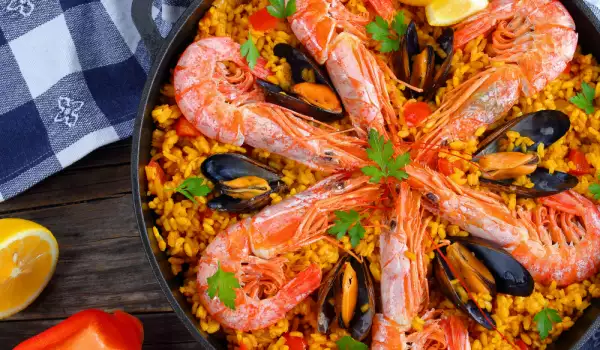
Absorbing 3 times its weight, bomba rice absorbs the incredible aromas and flavors of the broth and the dishes are incredibly delicious and aromatic. At the same time, the grains have retained their structure after culinary processing.
Nutritional value of bomba rice
Bomba rice contains very good indicators. Only 100 grams of it contain:
- fats - 0.3 grams, of which unsaturated 0.1 grams;
- carbohydrates - 25.5 grams, of which sugars - 0 grams;
- fiber - 1.4 grams;
- proteins - 2.4 grams;
- energy value - 117 kilocalories;
- a trace of salt.
Comparison of bomba rice with other varieties
Bomba rice is the most highly valued variety in Spain, because its qualities contribute to the culinary delight of paella, which Spain's cuisine is presented to the world with.
During cooking, bomba rice grains expand laterally and absorb up to 3 times their weight in broth. Therefore, this variety is boiled with more water than other varieties, which usually absorb up to 2 times their weight in water. Bomba rice grains are transformed into miniature bombs containing more aromas and flavors than any other variety can absorb. When consumed, all the flavors can be tasted.
There is no other variety of rice that preserves to this extent. Bomba rice does not break down at all, but slightly clumps together, without the creamy consistency, which we are familiar with from other varieties. When consumed, each grain can be felt individually.
The rice grains are boiled at the same time, they are soft in taste and pleasant in consistency. When it is consumed, there are many grains in the dish that can be separated from each other, they are juicy and have absorbed the taste and aroma of the other spices and ingredients. The richness of aromas and flavors makes the paella, which is made with this rice, so iconic.
Application and Substitutes for Bomba Rice
The king of rice is the main ingredient of the famous paella, which has already been mentioned and which is the culinary calling card of Spain. It is the bomba rice's ability to absorb the flavors and aromas of the paella broth that results in the wonderful authentic taste of the dish.
Bomba rice, however, is also suitable for risotto, because the grains do not fall apart, but remain whole. Thus satisfying the requirement of those who do not like rice with a creamy consistency, but appreciate the risotto dish. Bomba is also a suitable ingredient for the traditional Spanish recipe with oven-baked rice, vegetables and meat.
Other famous recipes with it are arroz a banda, arroz negre, arroz con pollo and also seafood dishes, soups and all Mediterranean recipes that include rice.
Since the authentic bomba variety is difficult to find outside of Spain, this famous variety is replaced in paella recipes by the arborio rice variety, which is however typical for risotto and makes the paella creamier. While high quality, arborio does not have the ability of bomba to absorb as much liquid and retain its integrity, as well as absorb as many aromas and flavors.
Tips for cooking bomba rice
The heat treatment of bomba rice is delicate, as is its cultivation. Chefs warn that care should be taken with the so-called socarrat. It's the caramelization process where a crust forms on the bottom of the rice and it sticks to the bottom of the pan. If the bottom is crispy and firm, the paella will get its famous taste, for which it is so loved. It is this process that is the source of the wonderful authentic taste of paella with loose but whole rice grains for gourmet dishes.
Seasonings suitable for bomba rice
Bomba rice goes well with all the spices and aromas, which are characteristic of other types of rice. A pinch of good quality saffron or turmeric, marigold, artichoke hearts and stems are suitable seasonal additions to bomba rice dishes, especially paella. The rice will absorb any favorite spice and make sure, that it is felt throughout the time of consumption of the dish.
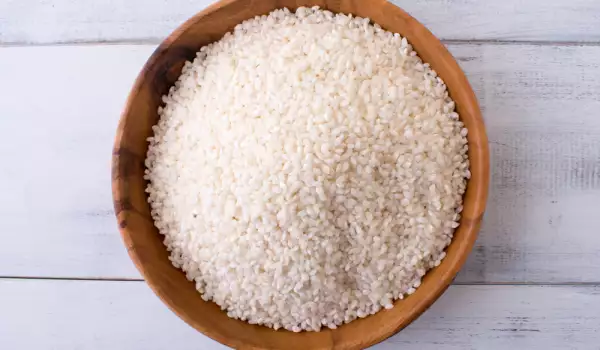
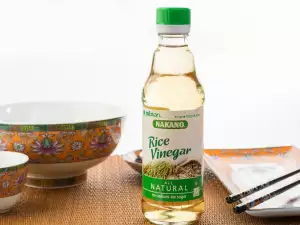
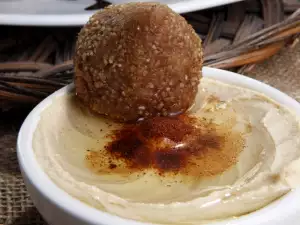
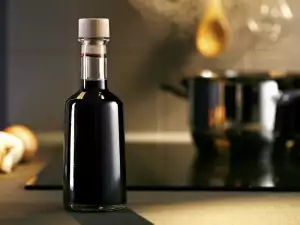

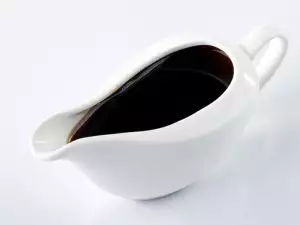
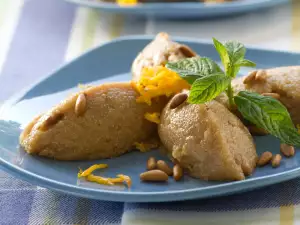

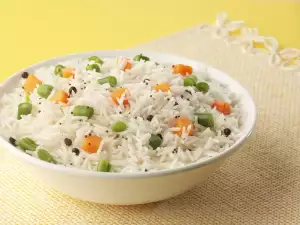
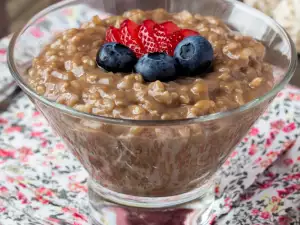

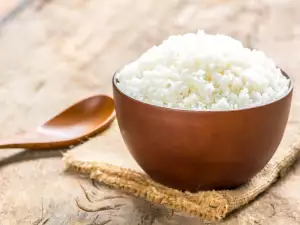
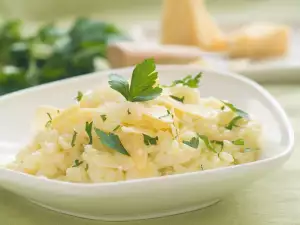
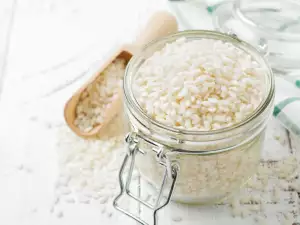
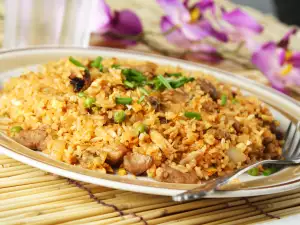





Comments